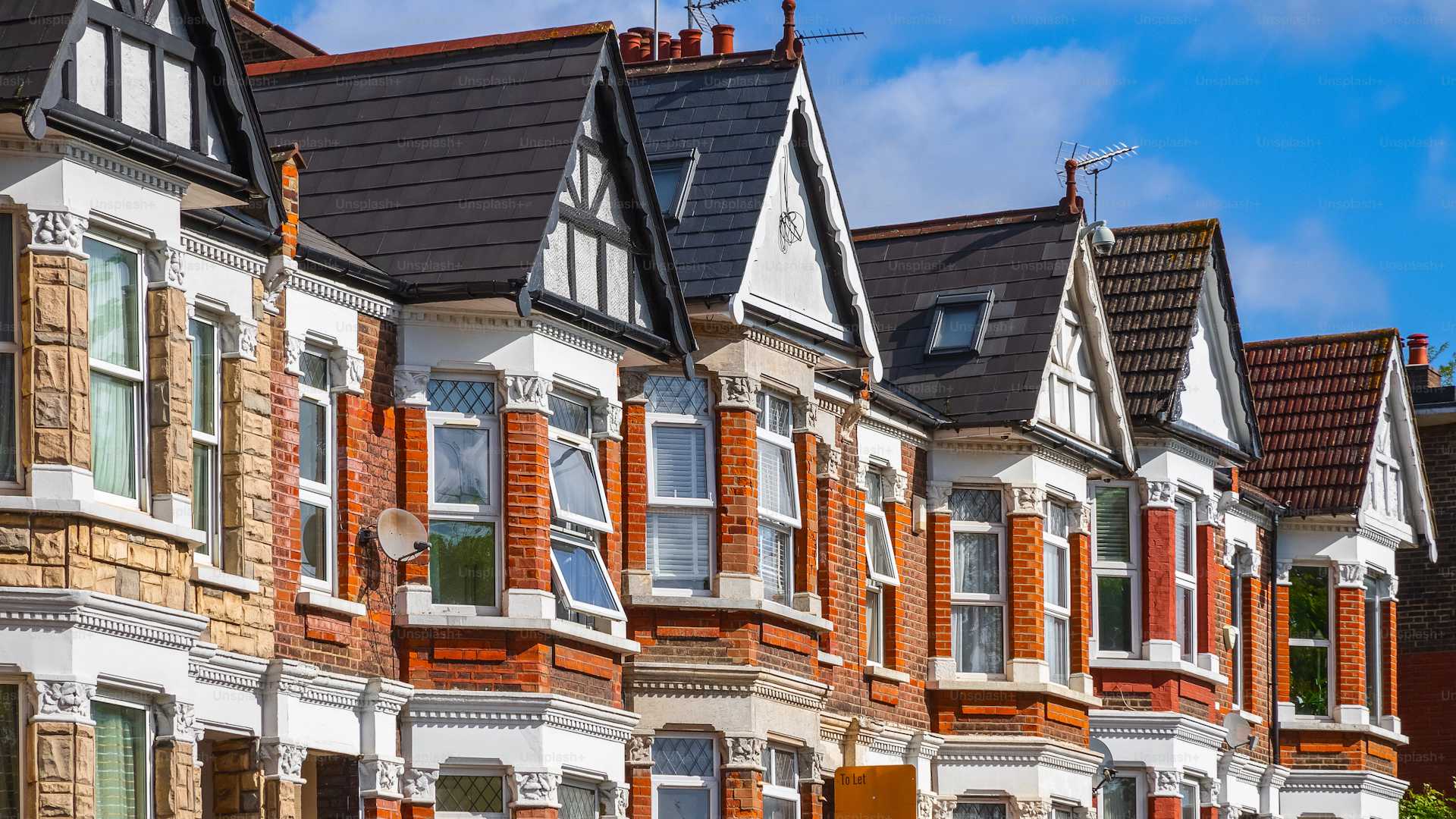
Structural Defect & Cracks Claims
Issues like major wall cracks, subsidence, or unsafe floors pose a serious risk to your safety. Your landlord must address them urgently.
See How Much You Could ClaimWhat is a Structural Defect?
A structural defect is any fault in the essential fabric of a building. This includes the foundations, walls, floors, and roof. Common examples include large, growing cracks in walls (especially diagonal ones), bulging or leaning walls, subsidence (where the ground beneath the property sinks), and unstable flooring or staircases. These issues are among the most serious types of housing disrepair as they can make the property dangerous to live in.
A Danger to Your Safety
The Landlord’s Core Responsibility
Duty to Keep Tenants Safe
Under the Landlord and Tenant Act 1985 and the Defective Premises Act 1972, your landlord has a fundamental duty to ensure the property is structurally sound and safe for habitation. This responsibility is non-negotiable. Upon being notified of a potential structural issue, they are expected to act with extreme urgency, which usually involves commissioning a survey from a structural engineer to assess the problem.
Claiming for Safety and Security
A successful structural defect claim ensures your home is made safe and compensates you for the risk and disruption you have faced.
Compensation for Risk
For the stress, anxiety, and potential danger of living in an unsafe property. You can also claim for damage to belongings.
Order for Major Repairs
A court order that compels your landlord to carry out the necessary, often extensive, structural repairs to make the property safe.
Evidence You Need to Collect
Documenting structural issues is crucial:
- Dated photos showing cracks over time
- Copies of letters/emails to the landlord
- Keep a diary of the issue’s progression
- Any expert reports you have commissioned
Structural Defect FAQs
Cosmetic cracks are usually thin, vertical cracks in the plaster. Structural cracks are often wider (you can insert a coin), run diagonally (often in a step pattern in brickwork), and may appear around windows and doors. If you are unsure, it is vital to get an expert opinion.
While minor settlement in new buildings is normal, ongoing or significant cracking is not. If cracks are growing, or if doors and windows are sticking, it may be a sign of a more serious issue like subsidence that your landlord cannot ignore.
You do not need one to start the process with us. As part of your claim, the appointed solicitor will instruct an independent expert surveyor or structural engineer to inspect your property and provide a formal report to be used as evidence.
If the structural repairs are so extensive that you need to move out temporarily, your landlord is legally obliged to provide suitable alternative accommodation at their expense until your home is safe to return to.
This depends on the severity of the risk, the length of time you’ve lived with it, and the impact on your life. Because structural defects can make a property unsafe, compensation can be significant, often representing a high percentage of your rent for the duration of the disrepair.
See How Much You Could Claim
Our free compensation calculator provides an instant estimate based on your rent, the issues, and how long you’ve been affected. It’s 100% confidential with no obligation.
Use The Free Calculator